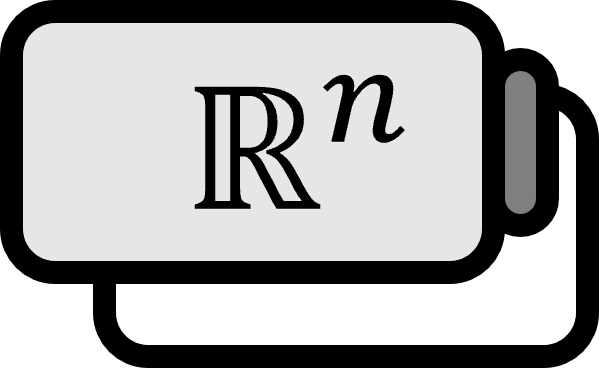Laplacian of a Scalar Field
Definition
The divergence of the gradient of the scalar function $u : \mathbb{R}^{n} \to \mathbb{R}$ is called the Laplacian and is denoted as follows.
$$ \begin{align*} \Delta u :&= \mathrm{div}(\nabla (u)) \\ &= \mathrm{div} \left( \left( u_{x_{1}}, u_{x_{2}}, \dots, u_{x_{n}} \right) \right) \\ &= u_{x_{1}x_{1}} + u_{x_{2}x_{2}} + \cdots + u_{x_{n}x_{n}} \\ &= \sum _{i=1}^{n} u_{x_{i}x_{i}} \end{align*} $$
Here, $u_{x_{i}}=\dfrac{\partial u}{\partial x_{i}}$ is.
Explanation
In mathematics, the divergence is often denoted as $\mathrm{div}$, and the Laplacian is usually denoted as $\Delta$. However, in physics, the divergence is denoted as $\nabla \cdot$, so the notation for the Laplacian mainly uses $\nabla ^{2}$.
$$ \nabla\cdot( \nabla (u))=\nabla^{2}(u) = \nabla^{2}u $$
If $D^{2}$ is called the multi-index notation, it is also equal to the trace of the Hessian matrix.
$$ \Delta u = \sum_{i=1}^{n} u_{x_{i} x_{i}} = \mathrm{tr} (D^{2}u) $$
3-dimensional Cartesian coordinate system
$$ \Delta f = \nabla ^{2} f = \frac{ \partial^{2} f}{ \partial x^{2} }+\frac{ \partial^{2} f}{ \partial y^{2}}+\frac{ \partial^{2} f}{ \partial z^{2}} $$
